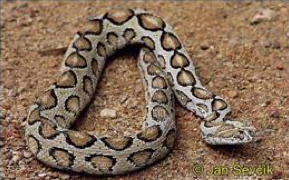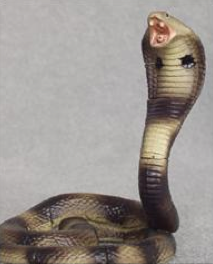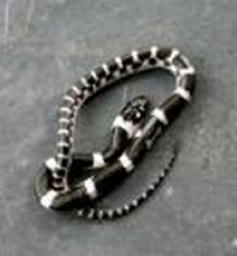Introduction
Bites by venomous snakes can cause local and/or systemic envenomation that can result in a life-threatening medical emergency. Snake bite envenomation remains prevalent in many tropical and subtropical countries, unfortunately the epidemiology remain unknown.
Snake of medical importance in Malaysia
There are more than 140 species of land snakes found in Malaysia. Only about 17 of these are poisonous.
Important venomous snakes in Malaysia are the cobras (common cobra, king cobra), vipers (Russell’s Viper, Malayan pit viper and green tree pit viper) and kraits.
|
|
|
|
|
|
||
Cobras are often found in cultivated farms, swamps, open fields and even human dwellings where they search for rodents. King cobras are usually found in dense jungle.
Pit vipers can be found in rubber plantations, farms, rural villages and forests. The green tree pit viper however is tree dwelling.
Kraits make their habitat in open fields, jungle or surrounding human settlements. Sea snakes are found along coastal waters and near river mouths.
Thus poisonous snake bites often occur among those who live or work near snake habitats (usually rural or agricultural) as well as those who camp, hike or picnic in such areas.
Signs & symptoms
What happens after a venomous snake bite and how severe it is depends on the type and size of snake, amount of venom, number of bites, site of bite (bites on head, neck and body being more severe) and size of the victim. Snake venom acts in three different ways.
- Haemotoxins
- Neurotoxins
- Cardiotoxins
Following a venomous snake bite, some symptoms may occur rapidly while others may occur at a later stage. Symptoms that occur early :
- Local pain, swelling, discoloration at the bite site (sea snake bites often do not cause reaction or pain).
- Early general symptoms may appear in some cases within 10 to 15 minutes such as anxiety, weakness, vomiting, headache, dizziness, sweating, breathing difficulties, confusion, convulsion, paralysis, death.
Symptoms that occur later (6 – 24 hours after bite) include :
- Local (around the bite site) : increasing swelling, blistering, bleeding in skin and muscle, reduced circulation to limb with tissue death of skin and muscle.
- General symptoms: dizziness, vomiting, breathing difficulty, fever, shock, bleeding from gums, blood in stool, urine or vomit, paralysis.
- Disturbances of sensation, drowsiness, abnormalities of taste and smell, “heavy” eyelids, paralysis of facial and eye muscles, difficulty in swallowing secretions, bleeding in the brain.
Complications of snake bite
Although the majority of persons bitten by venomous snakes do very well, these snake bites can be very serious and can result in death if not treated promptly.
- Local tissue damage and tissue death may result in scarring and cosmetic effect.
- Chronic ulceration at bite site, infection, bone infections can occur.
- Tetanus.
- Chronic kidney damage.
- Chronic brain damage especially after bleeding in the brain.
- Corneal ulceration, permanent corneal scarring if the venom was “spat” into eyes.
Treatment of snake bites
General management
- Do not panic.
- Immobilize the bitten limb with a splint or sling. (to prevent venom from spreading in the body)
- Position the affected limb in a neutral position or at the same level as the heart.
- Wash the site of bite quickly and carefully if possible and do not cut or suck the bite.
- Wash eyes immediately with plenty amount of water if the venom sprayed in the eyes.
- Stop the bleeding if present with a clean cloth. Do not use a tourniquet.
- Try to remember the snake’s description or take picture of the snake using camera/handphone.
- Transport to the nearest hospital or call 999 for ambulance.
Hospital management
- Analgesic if the patient is in pain.
- Anti tetanus toxoid as indicated
- Anti venom if indicated
- Antibiotik should be considered in snakebite with local tissue recrosis or extreme tissue damage.
How to avoid getting bitten?
- Wear shoes that cover your feet and long pants when walking through grass or undergrowth.
- Make thumping noises with feet when walking in the dark or bushes (create vibration).
- Do not put hands down into dark holes, dark cavities or cracks in the rocks.
- Keep clear of dead snakes as people have been bitten 2 or 3 times by “dead” snakes.
- Avoid going to a snake area when it is dark.
Reference
- Guideline : Management of Snakebite, Ministry of Health Malaysia
| Last reviewed | : | 23 August 2019 |
| Content Writer | : | Dr. Vyjayanti Kasinathan |
| Reviewer | : | Dr. Mohamad Hamim b. Mohamad Hanifah |










